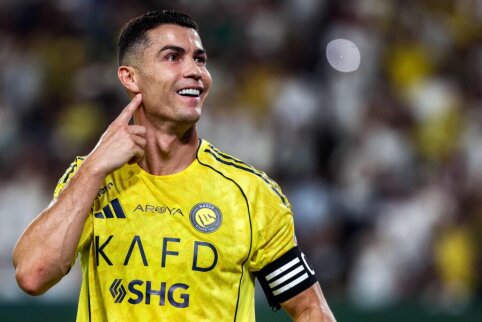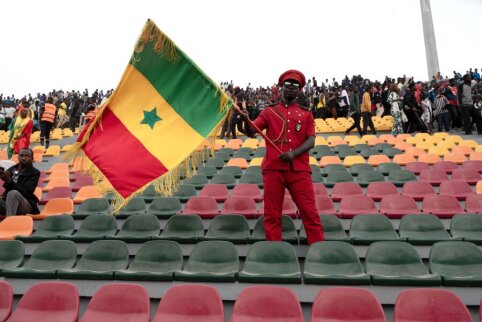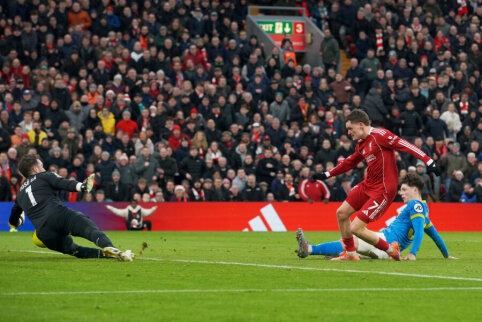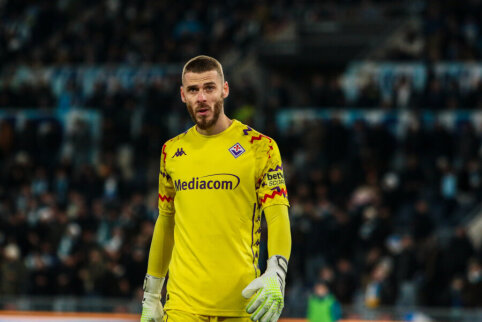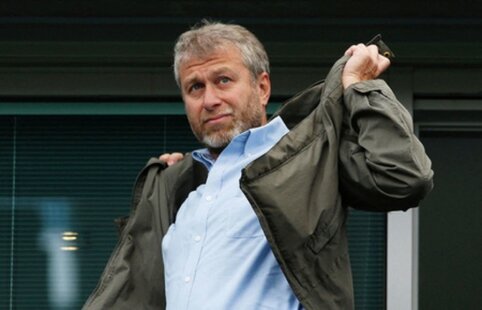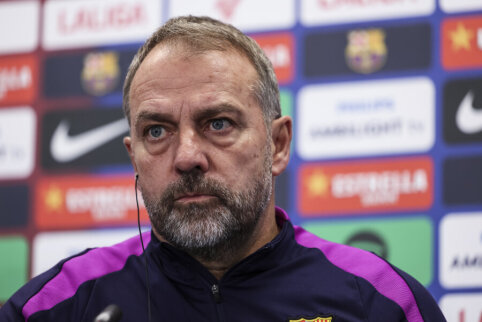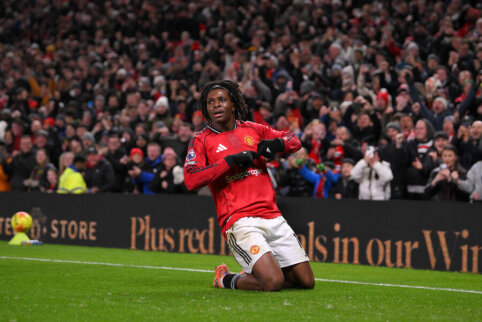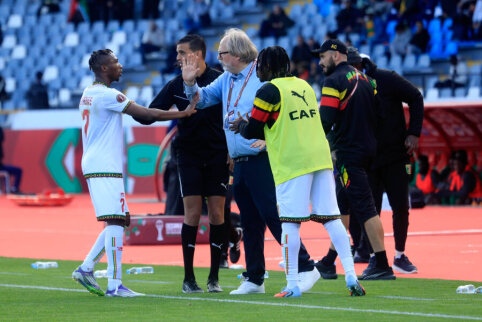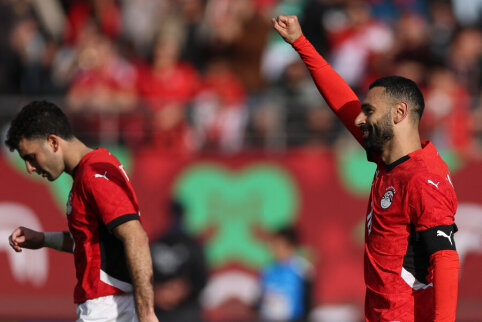 © EuroFootball.com
© EuroFootball.com
"Tribune" - the third part of the historical World Championship stadiums series. This time, the website visitor JC Denton takes a look at the old stadium in the French capital of Paris.
In 1938. France. The all-forgotten Colombes...
Stadiums, like people, have their unique destinies. Some are joyful, full of events and passionate fans, while others are accompanied by old, but still alive sentiments. The hardships, scarcity, and old age are all indifferent to all. "Stade Olympique de Colombes Yves-du-Manoir" - one of the ghosts of old stadiums, now mostly counting time with its only guest - Silence. But once it was an elite European stadium, hosting the 1924 Paris Olympics and the 1938 World Cup!... But let's start from the beginning.
The stadium located in the northern suburb of Colombes in Paris is so old that even the French find it hard to believe that it was once new. The exact founding year of the arena is indeed difficult to determine, as sports activities have long been cultivated in the Colombes fields.
From 1896 to 1910, a hippodrome was flourishing in the future stadium location - "Stade du Matiu". Horse racing was quite popular and attracted a lot of people. However, in 1910, Paris was struck by floods, turning the Seine hippodrome into a muddy swamp.
Deciding to rebuild "Stade du Matiu," the authorities faced competition from the growing popularity of football and rugby. With the development of other athletics branches, it was decided to build a universal arena where many sports could be cultivated, excluding horse racing.
From 1910 to 1924, Stade Colombes became the main sports citadel of Paris. It is worth mentioning that during this period, Stade Colombes was associated more with rugby achievements than with football. The rugby player Yves du Manoir was particularly popular. Therefore, from the mid-1930s, his name became part of the stadium's name.
In 1924, the stadium was destined to become Olympic. This event once again (and finally) adjusted the arena's name - "Stade Olympique de Colombes Yves-du-Manoir."
As preparations were made for the Olympics, the stadium was modernized to meet the needs of various Olympic events. Running tracks, long jump, high jump, pole vault, discus, javelin throwing, and other sectors were added. In the semi-covered stands, more than 45,000 spectators could enjoy the performances of the athletes.
The stadium recalls the brightest highlights of the Paris Olympics - the unrelenting fiesta of five gold medals for Finnish runner P. Nurmi and the triumph of the Uruguayan soccer team.
However, after the Olympics, the song of the swans of the stadium had not been sung yet. 14 years later, the World Cup promised the stadium the undying glory of football epic and a place among the most impressive sports arenas.
Stade Olympique de Colombes welcomed the World Cup as a giant with a capacity of up to 60,000 seats. Along with the Marseille Velodrome, the Paris Parc des Princes, and other arenas, Stade Olympique de Colombes guaranteed spacious stands for the growing number of football enthusiasts. Unfortunately, the French did not bring luck to Stade Olympique de Colombes. Painfully losing to the Italians in the quarterfinals (1-3), the hosts watched the semifinals and finals from the stands with a heavy heart.
After World War II, Stade Olympique de Colombes delighted the hearts of Parisians for another 25 years, hosting the performances of national football and rugby teams. The arena's affairs started deteriorating in the 1970s when the restored Parc des Princes stadium opened nearby. At the same time, the number of arena seats was reduced by tens of thousands for safety reasons. In 1975, Stade Olympique de Colombes hosted the last official international match between the "Gallic Roosters" and the Argentine team... The days of the old football citadel were coming to an end...
From that memorable date, the arena lived partially for about 20 years. In 1981, the honor and glory of the stadium were remembered in the historical film "Chariots of Fire," recounting the achievements of British Olympians at the Paris Olympics. The music by French composer Vangelis in the film subtly embodied the moments of the stadium's glory and downfall.
RC Paris football club and CDF Racing rugby team used Stade Olympique de Colombes as their home arena. Unfortunately, in 1992, RC Paris ceased to exist. Thus, Stade Olympique de Colombes arena became the death place of the most famous French football club of the fourth decade. Just four years later, due to emergency conditions, three out of the four main stands were demolished. The number of stadium seats dwindled to 7,000.
Today, "Stade Olympique de Colombes Yves-du-Manoir" is a dying monument of French football. It still hosts home matches for the Racing CP 92 football club. Unfortunately, they are barely struggling in the third division of French football, so the matches at the stadium do not attract much interest. Could the arena revive? The answer is rather pessimistic. Nearby, the mournful, empty 80,000-seat "Stade de France" seems to extend a hand of sorrow to "Colombes," whispering, "my friend, we are no longer needed..."
First part of the series: 1930. Uruguay. Estadio Centenario - a national symbol.
Second part of the series: 1934 and 1990. Italy. Stadio Nazionale/Olimpico. The stadium died, long live the stadium!"




